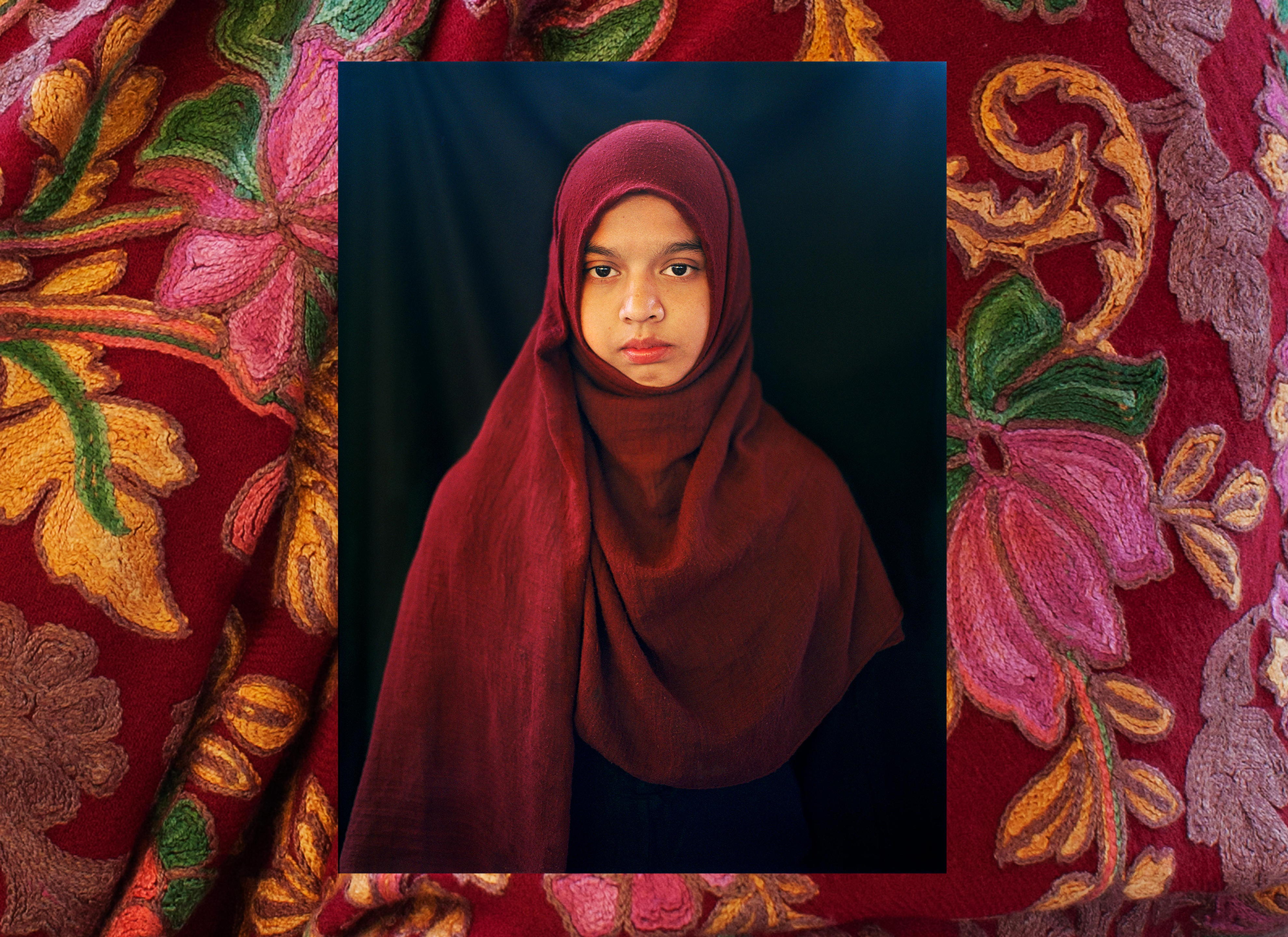A multilayered document of the Shaheen Bagh protest site
A drawing made on chart paper by one of children at the make-shift crèche where they waited patiently while their mothers kept vigil in the central tent.
Source:
The protest site, the beating heart of the movement was made of brightly hued tarpauline. A shapeshifter of sorts, new layers were added to it every day to include the large number of people joining, also to protect us from the incessant rain and hail. The Metropolitical department had declared that Delhi was witnessing one of its coldest winters in 108 years © Prarthna Singh.
Source:© 2022 - 1854 MEDIA LTD